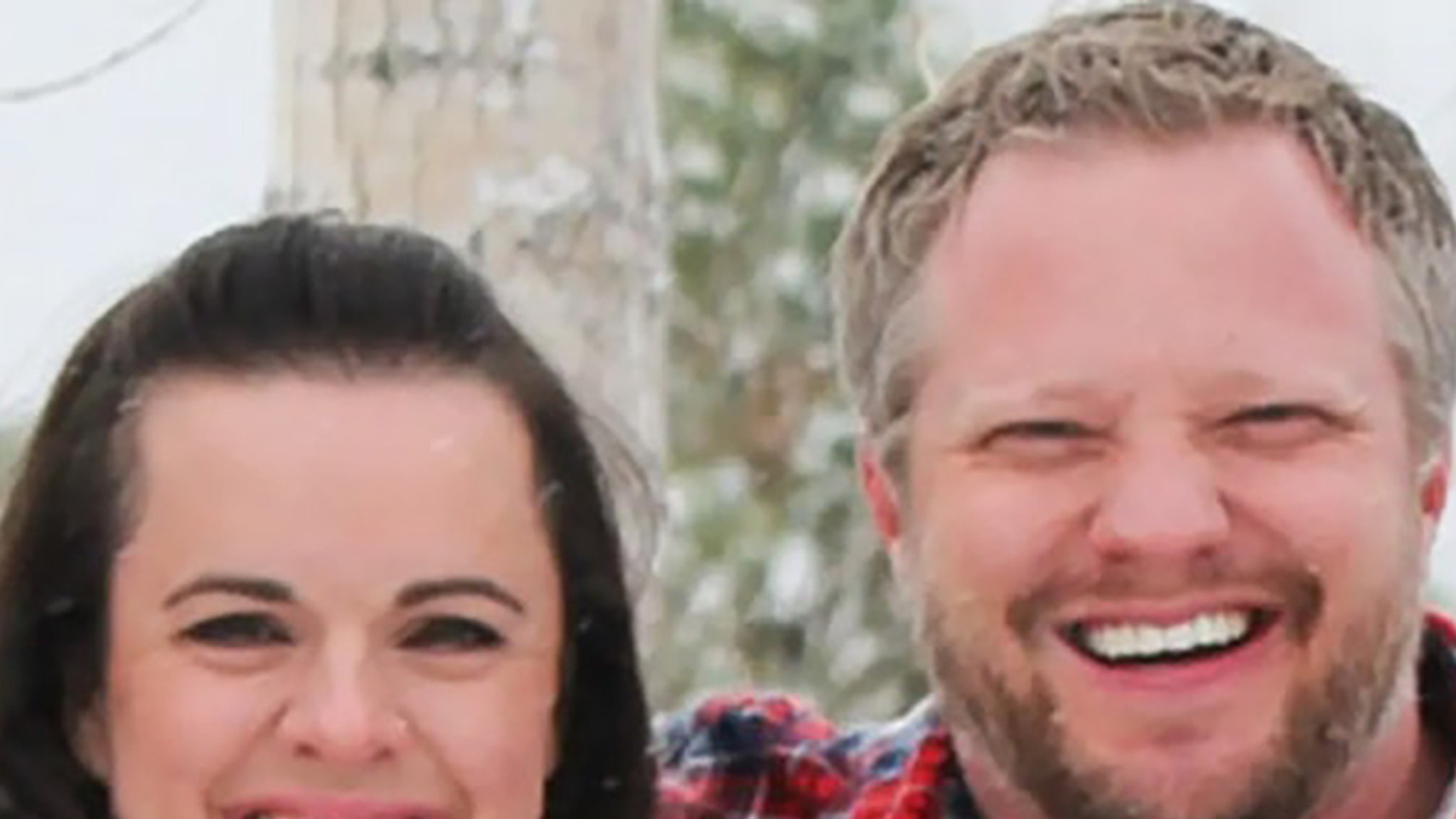Welcome to Commentary Commentary, where we sit and listen to filmmakers talk about their work, then share the most interesting parts. In this edition, Rob Hunter revisits Renny Harlin’s big action sequel, Die Hard 2.
John McTiernan’s Die Hard (1988) remains an all-timer in the action genre and in my own internal ranking of favorite films, but my first watch of Renny Harlin‘s follow-up didn’t land so well with me. The tone always felt a bit off for me as mere minutes after a fully loaded passenger plane has crashed, killing everyone on board, characters are back to cracking wise and smiling. Just felt off! Rewatches over the years have softened my reaction considerably, and while I still feel the disconnect it bothers me far, far less.
But you didn’t come here for my thoughts on Die Hard 2 (1990), you came for Mr. Harlin’s, so let’s get started. Keep reading to see what I heard on the commentary track for Die Hard 2!
Die Hard 2 (1990)
Commentator: Renny Harlin (director)
1. Harlin was first hired by 20th Century Fox to make Alien 3, but when that fell apart he was instead offered The Adventures of Ford Fairlane. The studio liked the dailies from that film so much that they offered him Die Hard 2. The schedule was so tight that he was still finishing shots on Ford Fairlane while jumping into Die Hard 2, and he planned on doing post-production on both simultaneously. “I was thirty years old, I had lots of energy, I loved movies, I loved working with Joel Silver.”
2. It was a particularly light year for snow across the U.S. that year, so fake snow was trucked in from Canada for filming. They also secured snow blankets to the ground, covering acres of land, but the 747’s engines blew the blankets into the air stripping the airfield of “snow.” Luckily those trucks arrived from Canada — except the snow had melted then froze again during the trip and was now in the form of giant ice cubes.
3. They shot airport exteriors at the Denver airport where this takes place and interiors at LAX.
4. The pay phones in the “Denver” airport say Pacific Bell on them, and “that was purely my inexperience” as he was unaware about U.S. phone companies being regional. “Of course, I would have hoped somebody would have pointed that little detail out to me, but they didn’t.”
5. Harlin wanted to “be faithful to the original” and respect audiences who want the same kind of experience, “but at the same time it was my responsibility to try to come up with something new, something more surprising, something bigger.”
6. The airport employee who opens the security door for John McClane (Bruce Willis) at 12:03 is played by Dwayne Hargray. He had no prior acting experience and was actually homeless when the film’s casting director spotted him and offered him the gig. “He did a great job.”
7. They intended to film the luggage area sequence in a real location, but it quickly became apparent that it would be incredibly dangerous for the actors so they instead built the set on a soundstage.
8. Sometimes you have to take a leap in logic when the ends justify the means. McClane calls his wife from the airport to the plane’s phone, something that wasn’t possible back then — the plane phones could call down, but they didn’t receive calls — and while it seems unlikely, bringing together Holly (Bonnie Bedelia) and Thornberg (William Atherton) on the same plane just makes for an entertaining time.
9. The film used the biggest soundstage on the Fox lot for some of their sets including the air traffic control tower surrounded by forced-miniature runways and lights. Harlin says it became something of a tourist attraction for filmmakers and executives, and he remembers Martin Scorsese stopping by “and shaking his head looking at the size of our set.”
10. The film had a tight turnaround — they finished filming in early April 1989, and the film was released on July 2nd.
11. Harlin chuckles at the changes in audience climate “these days” (circa 2001 when this track was recorded). “While I’m watching the movie I’m realizing there’s quite a lot of cursing in it, and also Bruce Willis is smoking.” He thinks that, in today’s world, there has to be a specific reason as to why the character is smoking. “And the same thing with cursing.”
12. One of the sequences in the film garnered a lot of debate and chatter during preproduction, and it was, unsurprisingly, the downing of a passenger jet filled with civilians. Harlin felt the terrorists has to do something “extremely evil and horrendous,” but Fox executives worried it was something the audience wouldn’t recover from before the film ended. The studio insisted it be an empty plane, a cargo plane, but they finally relented at the last moment after a test screening showed the audience having no lasting issue with the scene. They did, however, make Harlin cut additional footage of the plane’s interior with passengers being tossed violently around the cabin as fire blasts throughout. “And I agree, it was pretty gruesome to see these people literally flying through the plane on fire.”
13. The plane they blow up was a miniature, roughly twenty-feet long, and the explosion was shot in the Mojave desert. The aftermath was filmed in Denver with plane parts they bought for the filming. The doll was previously established in an earlier cut scene showing a little girl playing with it on the doomed flight. They decided that would be too much.
14. The plane that Esperanza (Franco Nero) lands and almost rolls over McClane is actually made of plywood.
15. The cockpit door is shot at 1:16:40, but rather than penetrate they instead leave dimples on the other side. This was accomplished by people hitting a lead door with hammers.
16. Harlin’s favorite scene in the film is where McClane is trapped in the cockpit, surrounded by bad guys shooting and lobbing grenades his way. He likes seeing protagonists placed in extremely difficult situations. “Obviously planes like this don’t really have ejection seats, but we decided they would.”
17. He compares crafting an action scene to telling a joke. “You set it up, you set the stakes, you tell the story, and you take it to the climax and give the punchline.” He adds that if the joke works you get a laugh, if the action sequence works you get immense satisfaction.
18. There was some minor controversy over the icicle kill, but “we tried to do it somewhat tastefully.”
19. They had to be extra careful not to cause actual panic while filming at LAX. Filming at 3am limited the number of real people on hand, but officials were very clear with the production as to what could and couldn’t be said through the megaphone. Stunt performers are mixed in with the extras, and they’re the ones who fall and trip during the panic.
20. He tries to include Finnish music in his movies to some degree, and here it’s “Finlandia” that finds a home in a big American action films. It’s from Finnish composer Jean Sibelius, and Harlin recalls audiences in Finland standing up with pride while the music plays during screenings.
21. The shot of Holly’s plane landing through the fiery smoke is real, but the FAA wouldn’t let them bring a plane to a stop in snow, so they had to use a model built by ILM. “It became quite an expensive shot, actually.”
22. The final wide shot that pulls back as the end credits start appearing is a composite including small groups of people in different spots and planes painted in as part of the matte.
Best in Context-Free Commentary
“My idea was to have this really unusual opening scene with the bad guy where you see him in nothing but his own skin.”
“Here I am in the middle of this gigantic operation, and I’m supposed to know what to do.”
“In those days it was fashionable to have lots of fans and lots of smoke.”
“This was not a very particularly popular movie among air traffic controllers or airlines.”
“I think I was in my bloody period at this point in my filmmaking career.”
“The more powerful your villain is, the more powerful your hero is.”
“This movie was a real frequency spaghetti.”
“I come from Finland, and we always fought with icicles.”
“What is an action movie without a timer and a bomb?”
“Once you establish somebody as truly evil, it is just not enough to shoot them or have a car hit them.”
“The entire set smelled like some kind of mashed potato factory.”
Final Thoughts
Harlin gives pretty great commentary tracks in part because he’s so enthusiastic about filmmaking. He credits cast and crew, but he’s also quick to share anecdotes and memories of where he made calls both right and wrong. The Die Hard 2 commentary is a good listen for fans as its insight into the production’s efforts, troubles, and successes makes for a compelling time.
Read more Commentary Commentary from the archives.
Related Topics: Commentary Commentary, Die Hard, Renny Harlin
Recommended Reading
















